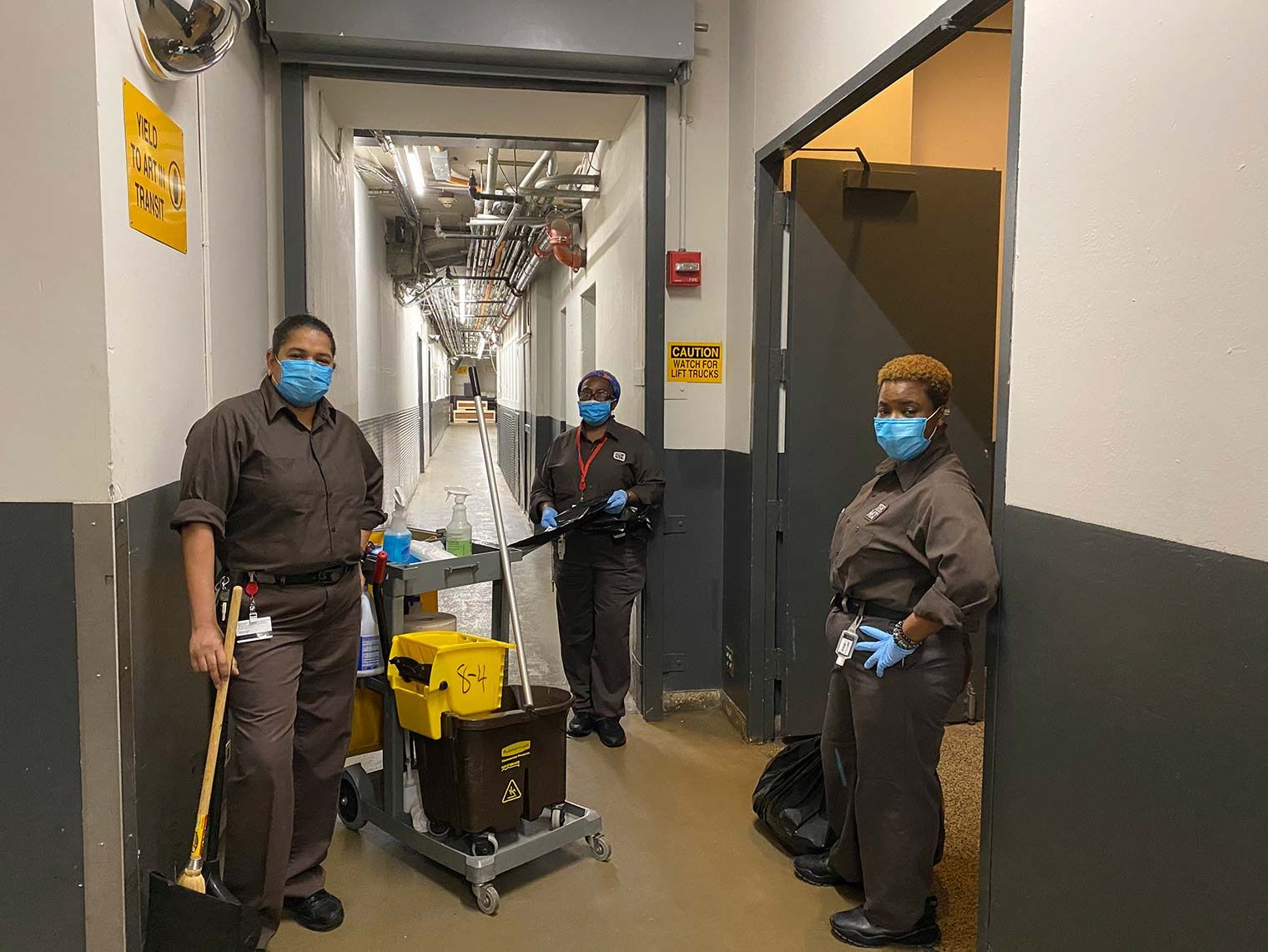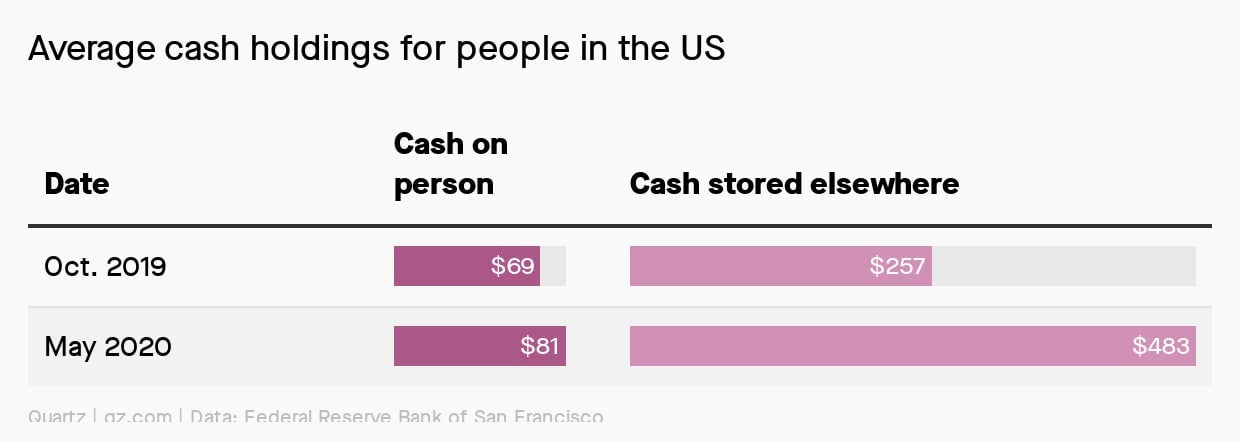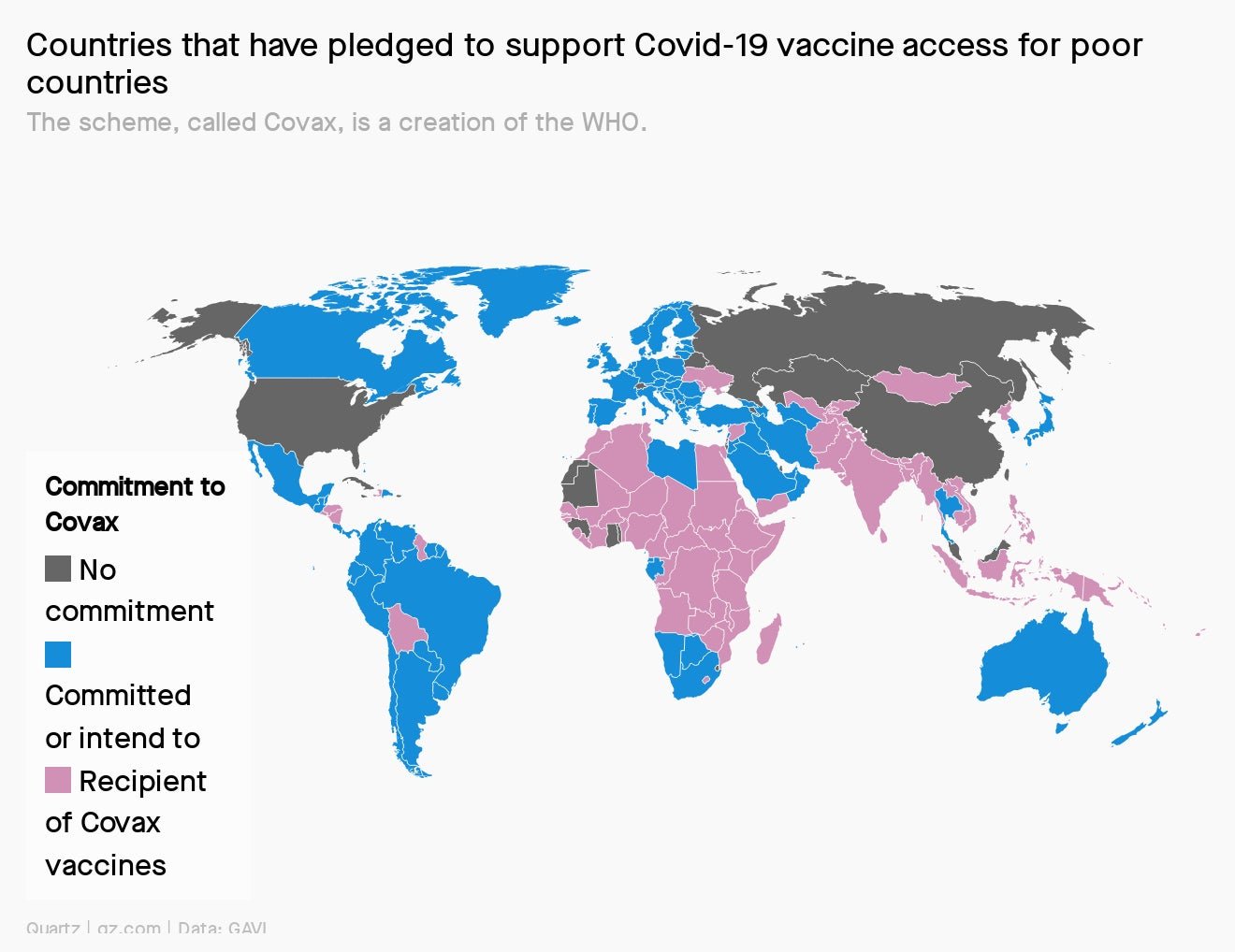Coronavirus: Furlough hell of it
Hello Quartz readers,

Hello Quartz readers,
Miguel Paniagua, 48, blocked off his morning on Sept. 17. Normally, Paniagua spends his weekdays developing assessments for medical students, teaching at the University of Pennsylvania’s school of medicine, or working in palliative care at one of the university’s hospitals. But on that morning, right at 8am, he walked into one of the university’s vaccine trial sites to begin a three-hour screening process that culminated with a quick jab in his right arm.
Penn has partnered with Moderna to run one of the company’s phase 3 clinical trials for a Covid-19 vaccine, and Paniagua is one of what will be tens of thousands of participants. He’ll need to fill out a daily symptom diary, update the trial team on any developments, show up for follow-up visits, and field a check-in call each month for the next two years. “To me, it’s my duty,” Paniagua told Quartz. “I took an oath regarding my patient care.”
To learn more about Paniagua’s experience, read Katherine Ellen Foley on what it’s like to participate in a vaccine trial. Then check out Olivia Goldhill on the UK scientists pushing for the world’s first challenge trial.
Okay, let’s get started.
Inside jobs
When the UK put its furlough scheme in place back in March, leaders hoped the pandemic would be a short-term disruption. But as infections surge, the country is facing new measures to reduce the spread—and new job protection policies in November when the furlough program ends.
UK chancellor of the exchequer Rishi Sunak is leaning into the type of worker policies widely used in Europe, which provide money to companies to keep workers on the payroll. Under the new plan, employees who work at least 33% of their hours will be eligible, and they will get at least 77% of their pay, with the government and the employer sharing the subsidy for hours not worked.
Some think Sunak’s plan is still too stingy, as it’s less generous than other European programs. The government will provide 20% of the worker’s pay, down from 80% at the onset of the crisis. “This won’t stave off a rise in unemployment,” Sanjay Raja, an economist at Deutsche Bank, wrote in a research note. “Unless further support comes quickly, the unemployment rate will likely continue to tick up over the coming months.”
Subsidies that keep workers on the payrolls could be a good thing if the pandemic disruption is temporary. They could save employers time rehiring, and support consumer spending if workers have confidence they will continue to have jobs. Some behavioral economists think short-time work is better for workers’ mental health than the stress of being completely unemployed, too.
But if the world doesn’t go back to the way it was before, or doesn’t do so quickly enough, politicians might be better off allowing their labor market to go through a painful reorganization rather than shielding it.
Meanwhile, Sunak canceled plans for an autumn budget to focus on the crisis, underscoring the sheer expense of business and worker protections. At its peak in May, 30% of the UK workforce was furloughed. The extra cost of coronavirus support programs has pushed the UK public debt to more than £2 trillion ($2.7 trillion) for the first time, as the country’s ratio of debt to GDP rose to the highest level since the early 1960s.
Met worth
New York City’s Metropolitan Museum of Art, which closed all three of its branches in early March, was among the first cultural institutions in the city to voluntarily close when Covid-19 cases began spiking. After 169 days in the dark, the third most visited museum in the world reopened late last month.
Shutting down the Met is no simple matter. With more than 2 million works representing 5,000 years of art stored across three facilities, it took teams of caretakers and a network of remote workers to keep everything intact during the lockdown. Anne Quito looked at what’s involved, and here’s just some of it:
- Only 40 essential staffers were allowed to enter the Met’s main building while it was closed.
- The custodial crew routinely disinfected every nook of the museum’s 2 million square feet.
- Three gardeners went to work on the Met’s three gardens nearly every day during the closure. One singular benefit: witnessing 30,000 flower bulbs bloom, as planned.
Collection monitors often began their rounds by feeding the koi fish in the Chinese scholar’s garden—the “fun part of the day,” as C. Griffith Mann, curator-in-charge of the medieval department, shared in a video.

What’s in your wallet?
The coronavirus pandemic has been a boon for digital payments, inspiring legions of people to buy more things online and use contactless payments. But the pandemic has also cemented cash’s importance as a store of value.
On average, the amount of bills and coins people carried increased 17% from before the pandemic to $81, according to a comparison of Federal Reserve Bank of San Francisco surveys from October 2019 and May 2020. The physical money people held at home or at their office nearly doubled, rising to an average of $483 in May, from $257 in October.

No need to hoard your cash, you can get a Quartz membership for less than what the average American has in their wallet right now. Try out our paywall-free, perk-heavy experience.
Sharing is caring
On Sept. 21, Gavi, the Vaccine Alliance, announced progress on its Covid-19 Vaccines Global Access Facility, or Covax. This is essentially a fund to ensure equitable distribution of Covid-19 vaccines across the globe, once they’re available. As of now, 64 countries have contributed some $700 million, and 34 are expected to commit in the coming weeks. Noticeably absent are the US, China, and Russia—all home to companies with Covid-19 vaccines in development.
The US, which has pre-ordered roughly 1.6 billion Covid-19 vaccines, said earlier this month that it wouldn’t be participating, so as to avoid working with the World Health Organization (WHO), which co-leads the Covax initiative. US president Donald Trump withdrew funding from the WHO in April of this year. China also has vaccines in late-stage clinical trials, some of which it is allowing state employees to access, but the country has remained quiet about participating in Covax. The Russian Federation allegedly has a vaccine already off the ground, although it has yet to publish data about its safety and efficacy. There’s no word on whether it will also be working to make that vaccine available through Covax.

The small, svelte Indian wedding
“I always wanted a small wedding, but my fiancé’s and my parents never agreed. A 100-person guest list would have created a scandal had we suggested it,” laughs Anukriti Singh, a 31-year-old consultant with a Mumbai-based financial services company. Singh and her fiancé, Vinayak Kalra, had pushed their wedding from an earlier date of April 14 to Nov. 21. “Once our parents understood the pandemic was here to stay, and given the government regulations around these events, they caved in,” Singh says.
Manavi Kapur explains why coronavirus has made it easier for Indian millennials to scale back their massive weddings.

Not ready to give up the idea of the 1,000-person, turmeric-smeared guest list? We think you’ll enjoy our next Weekly Obsession. Sign up below to get it delivered straight to your inbox, for free.
Essential reading
- The latest 🌏 figures: 33.5 million confirmed cases; 23.2 million classified as “recovered.”
- Not a free pass: Should I take an at-home Covid-19 test to hang out with friends?
- Cash system: Indians say they needed clout to get Covid-19 ICU beds
- Lying down on the job: The case for napping when you work from home
- Get friendly: Uber is launching carpool services for you and your coworkers
Our best wishes for a healthy day. Get in touch with us at [email protected], and live your best Quartz life by downloading our iOS app and becoming a member. Today’s newsletter was brought to you by Katie Palmer, Susan Howson, Marc Bain, John Detrixhe, Katherine Ellen Foley, and Kira Bindrim.